It is said that after seeing Dettifoss, up close and personal, you will never be the same.
From
It domains over its surroundings and roars with the power possessed by mother Nature. Enjoy this magnificent day tour to the jewels of the north.
Our first stop is by Waterfall Godafoss and from there we visit the Lake Myvatn area and stop at Hverir, boiling mud pits, by mount Namafjall. That area is considered by many the most beautiful and at the same time the most catastrophic place in Iceland.
Next, we come to Waterfall Dettifoss 44m high and 100m wide, where a mass of water, mud, and sand rumbles into Iceland's most impressive canyon.
We travel alongside the Jokulsargljufur Glacial canyon to Vesturdalur valley and to Hljodaklettar, the echoing cliffs. They are world known for their basalt columns that characterize the ancient lava flow.
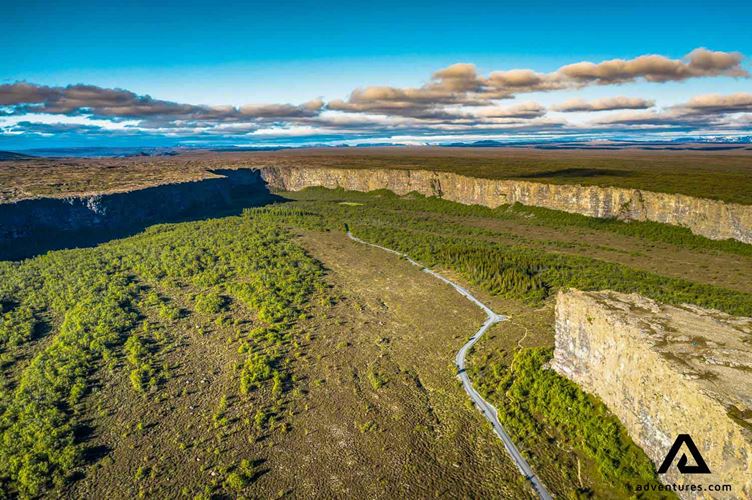
Next, we come down to the imposing horseshoe-shaped canyon Asbyrgi, surrounded by precipitous cliffs. This place is known to be the meeting place of the pagan gods. We then take our time to stop at a café when we drive through Husavik village on our way back to Akureyri (you will have the option to soak in the GeoSea Geothermal Sea Baths. For those that do not book admission to GeoSea, they will be able to explore Húsavík).
Early summer, until mid-August more or less, we stop at Tjornes peninsula where we will find puffins nesting in the impressive cliffs by the coastline.
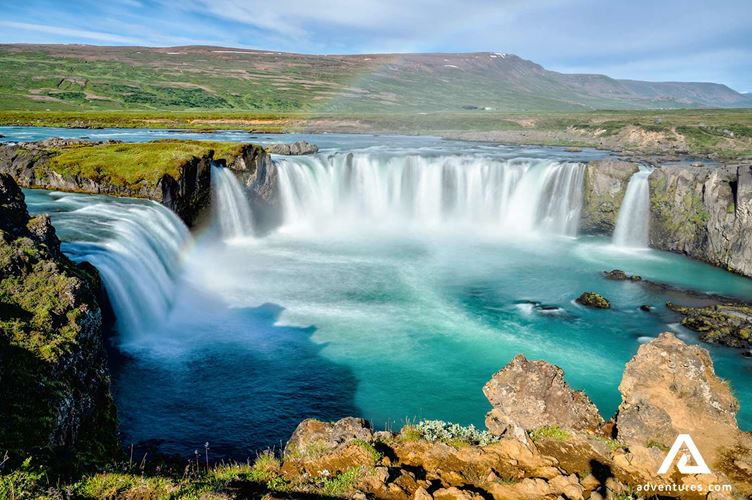
The waterfall Godafoss is closely connected with one of the most important events in Icelandic history, the conversion to Christianity from heathendom or "the old custom" in the year 1000 or so. At that time Thorgeir Thorkelsson, a chieftain from nearby village Ljosavatn was a law-speaker in Iceland. As such he was faced with the task of settling the growing disputes between Christians and those who worshiped the old Nordic gods.
Despite being a heathen priest himself, he decided that all of Iceland should be Christian, as is famously recorded in the Sagas. Once he returned back to his home from this historic Parliament meeting at Althingi, he dispensed of his heathen gods by throwing them into these falls in a symbolic act of conversion. This is how Godafoss got its name, which means 'Waterfall of the gods'.

Myvatn is a shallow lake situated in an area of active volcanism in the north of Iceland, not far from the Krafla volcano. The lake and its surrounding wetlands have an exceptionally rich fauna of waterbirds, especially ducks. The lake was created about 2300 years ago by a large fissure eruption pouring out basaltic lava, and the surrounding landscape is dominated by volcanic landforms, including lava pillars and rootless vents (pseudocraters).
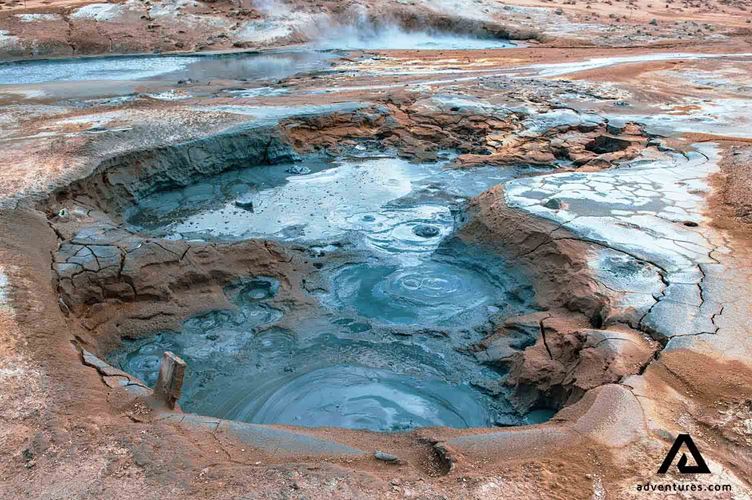
The name Namafjall (Mine Hills) strains from sulfur production in the geothermal area at Namaskard. From 1563 the Danish produced naval gunpowder from Namaskard, due to warfare with the Swedes.
At 1 km depth, the temperature is over 200°C, and magma has been found just two kilometers below the surface of Krafla. The active solfatara is a kind of mud with geothermal activity, which has the characteristic odor of rotten eggs due to sulfur compounds.
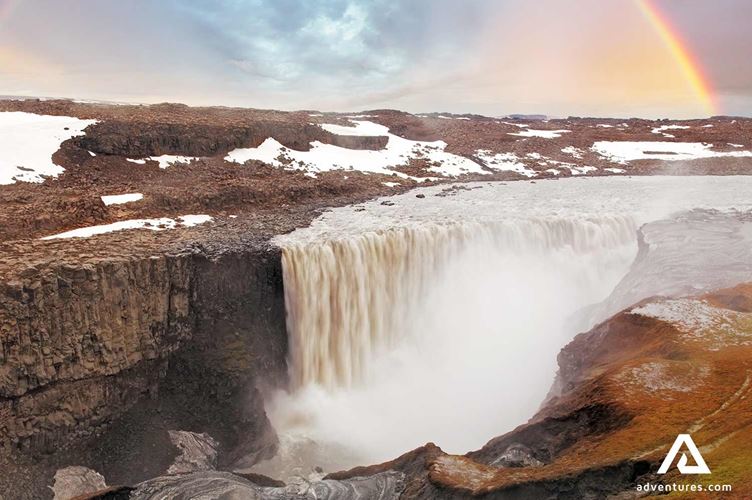
The falls are in a mighty glacial river that originates from glacier Vatnajokull. They are 100 meters (330 ft) wide and have a drop of 45 meters (150 ft) down to the Jokulsargljufur canyon. It is the largest waterfall in Europe in terms of volume discharge, having an average water flow of 193 m3/s.
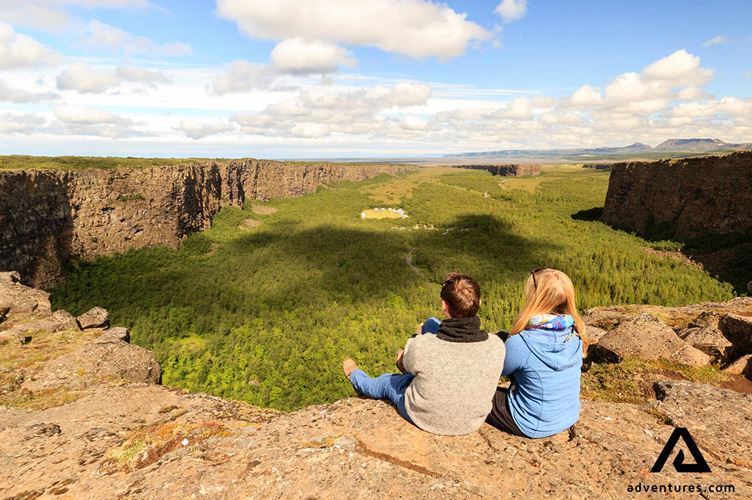
Asbyrgi's canyon was most likely formed by catastrophic glacial flooding of the river Jokulsa a Fjollum after the last Ice Age, first 8-10,000 years ago, and then again some 3,000 years ago. The river has since changed its course and now runs about 2 km to the east. The legend explains the unusual shape of the canyon differently. Nicknamed "Sleipnir's footprint", it is said that the canyon was formed when Odin's horse, Sleipnir, shaped the canyon by stepping on it with one of its 8 legs.
The canyon's steep sides are formed by cliffs up to 100 meters in height. Down in the canyon, visitors walk through a woodland of birch and willow.